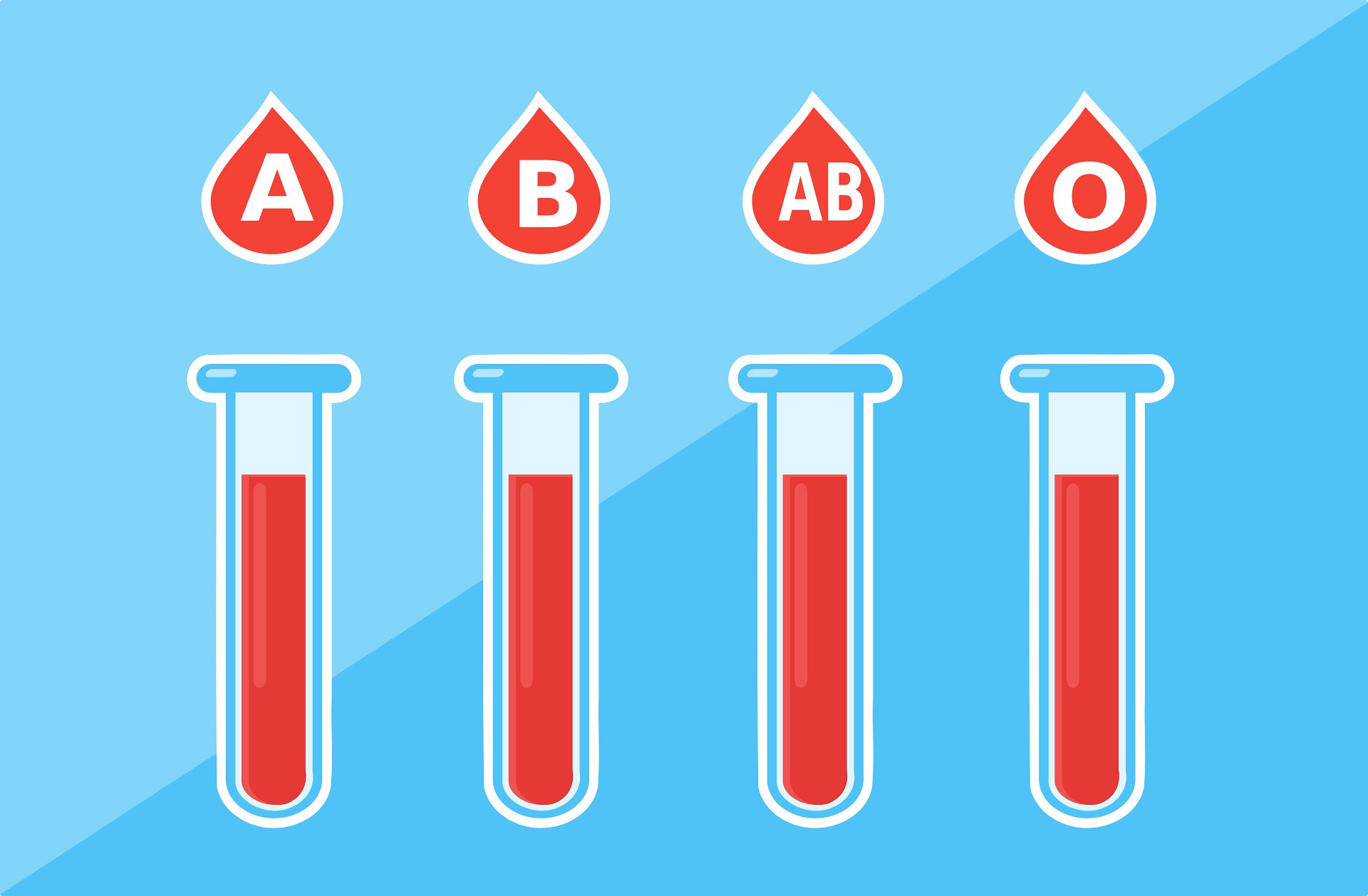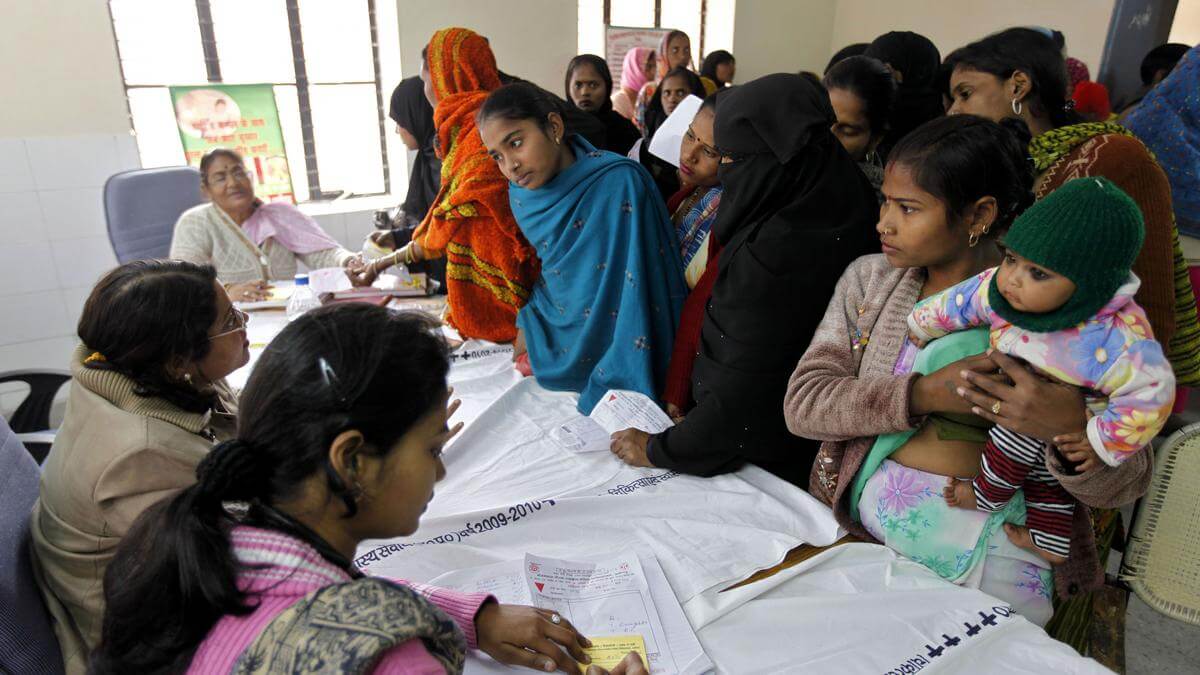US President Donald Trump diagnosed with Chronic Venous Insufficiency
Sun 20 Jul 2025, 01:18:48

A few images of US President Donald Trump are becoming very popular on social media. There is obvious oedema on Trump's hands and feet in those photos. About this, White House press secretary Karoline Leavitt stated in a media conference that President Trump has Chronic Venous Insufficiency, a vein illness. When he was examined after experiencing mild hand and ankle oedema, this illness was discovered.
Doctor Sean Barbella, appointed in the White House, said that President Donald Trump had slight swelling on the ankles of his feet, after which he was medically examined. The investigation revealed that he has a disease called chronic venous insufficiency. However, it is not a dangerous disease like deep vein thrombosis or arterial disease. This disease is a common problem with ageing.
This disease occurs with increasing age
Chronic venous insufficiency is normal after 70 years. At this age, the blood flow in the veins starts decreasing. However, it is believed that Trump may have this problem due to constant handshaking and the use of aspirin with age. Due to which the tissues of the hands have been affected.
What is chronic venous insufficiency?
Chronic Venous Insufficiency occurs due to the inability of a leg vein to properly return blood to the heart, which gradually leads to blood pooling in the lower limb, as per Dr Pramod Reddy, Clinical Director- Cardiothoracic and Vascular Surgeon, CARE Hospitals, Hitech-city, Hyderabad. The initial signs of CVI are typically quite subtle. Symptoms include swelling of the
ankle, heaviness in the legs, discomfort or burning in the shins or ankles, or even itching. The disease tends to worsen as time proceeds; small visible veins and darkening skin around the ankles can be a sign that the disease is progressing. Ignoring these symptoms delays treatment and increases the risk of leg ulcers and deep vein thrombosis (DVT). Long hours of sitting or standing, excess body weight, and inactivity all contribute to CVI by relaxing the calf muscles and increasing pressure on the veins of the leg. These lifestyle conditions have damaging effects on the venous valves, permitting blood to flow backwards into the leg, which causes accumulation in the leg. Awareness of lifestyle factors to improve movement and count calories is the first step in prevention.
ankle, heaviness in the legs, discomfort or burning in the shins or ankles, or even itching. The disease tends to worsen as time proceeds; small visible veins and darkening skin around the ankles can be a sign that the disease is progressing. Ignoring these symptoms delays treatment and increases the risk of leg ulcers and deep vein thrombosis (DVT). Long hours of sitting or standing, excess body weight, and inactivity all contribute to CVI by relaxing the calf muscles and increasing pressure on the veins of the leg. These lifestyle conditions have damaging effects on the venous valves, permitting blood to flow backwards into the leg, which causes accumulation in the leg. Awareness of lifestyle factors to improve movement and count calories is the first step in prevention.
Diagnosis is now quick and painless with a duplex ultrasound, which assesses blood flow and valve function. In early stages, compression stockings and medications that improve venous tone are effective. In advanced cases, some of the minimally invasive procedures, foam sclerotherapy, laser therapy, and radiofrequency ablation have great outcomes with shorter recovery times. Intervention early means fewer complications, fewer surgeries, and improved quality of life. CVI can be managed if it is caught before it is too late.
Disclaimer: Tips and suggestions mentioned in the article are for general information purposes only and should not be construed as professional medical advice. Always consult your doctor or a dietician before starting any fitness programme or making any changes to your diet.
No Comments For This Post, Be first to write a Comment.
Most viewed from Health
AIMIM News
Latest Urdu News
Most Viewed
May 26, 2020
Where should be the burial of the pilgrims martyred in the Saudi Arabia bus accident?
Latest Videos View All
Like Us
Home
About Us
Advertise With Us
All Polls
Epaper Archives
Privacy Policy
Contact Us
Download Etemaad App
© 2025 Etemaad Daily News, All Rights Reserved.

























.jpg)
.jpg)
.jpg)


